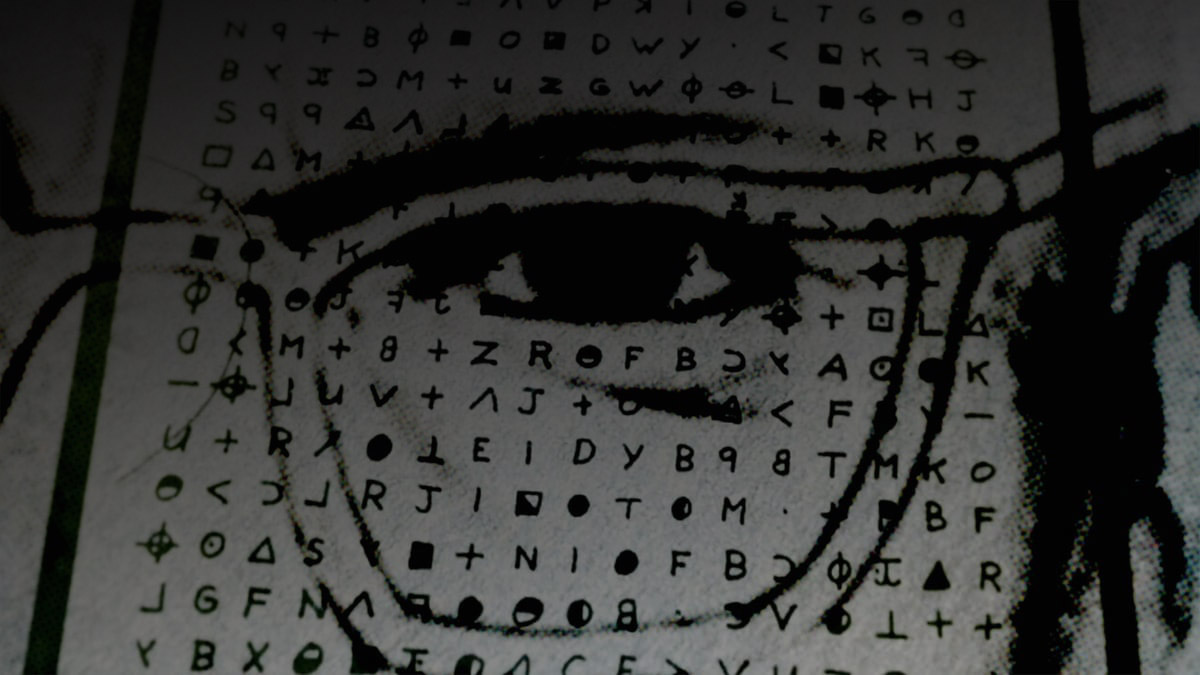Like many adopted children, Gary Stewart grew up with abandonment issues, and as a result he eventually sought out his biological parents. What he found was much more than he expected. His mother Jude Gilford had made headlines as a 14-year-old fugitive alongside her 27-year-old husband Earl Van Best, Jr. When Gilford gave birth to Stewart, Best was uninterested in his newfound parental responsibilities, and ditched his tyke in a Louisiana apartment complex stairwell. That alone indicated the guy wasn’t exactly top-notch dad material. Stewart’s later sleuthing, however, made him think Best was more than just a creepy pedophilic deadbeat—he was actually San Francisco’s notorious, and never apprehended, Zodiac Killer.
Based on Stewart’s New York Times bestseller of the same name (co-authored by Susan Mustafa), The Most Dangerous Animal of All is the story of Stewart’s search for his original parents, and his quest to prove that Best was, in fact, the Zodiac, who terrorized the Bay Area in the 1970s via a string of gruesome murders that were accompanied by chilling letters to the press and police. Stewart’s theory quickly transformed into conviction, and then into obsession of a self-destructive and deranged sort, and Ross M. Dinerstein and Kief Davidson’s four-part docuseries (debuting March 6 on FX) is as much a portrait of its subject’s psyche as it is his investigation, which would send Stewart down a rabbit hole of circumstantial evidence and questionable connect-the-dots reasoning that led to dark truths about his own motives.
To be sure, Stewart’s discovery that his mom and dad had been media stars for their “Ice Cream Romance”—the moniker reporters gave to their cross-country getaway—was a bombshell. As a teen, Gilford was wooed by Best and then took off with him, which begat kidnapping charges against him and incarceration in juvenile hall for her. Ensuing breakouts and flights from justice made them front-page fodder. Their odyssey concluded with Best dumping his newborn son in a stairwell and being apprehended and confined to a California state mental hospital, and Gilford legally putting her baby boy up for adoption. As far as backstories go, Stewart’s was a whopper.
Yet for a man desperate to understand his father, Stewart didn’t find this explanation satisfactory enough. Watching TV years later, he saw the police sketch of the Zodiac, and immediately determined—on the basis of Best’s mugshot—that his father and the mysterious serial killer were one and the same. Teaming with Mustafa, he soon uncovered various things that strengthened his suspicion. His dad’s traumatic upbringing with a prostitute mother fit an archetypal serial-killer profile. Best and the Zodiac’s fingerprints and handwriting seemingly matched, as did their DNA. Both loved ciphers and The Mikado, and shared deep connections to school buses. His dad had lived right around the corner from where the Zodiac hailed cabbie Paul Stine (whom he shot dead) in 1969. And furthermore, his mom had subsequently married San Francisco detective Rotea Gilford—thus suggesting, to Stewart, that the SFPD had covered up Best’s identity as the Zodiac in order to protect Rotea Gilford, since he was now the husband of Zodiac’s first wife.
While such speculation may make Best a potential suspect, none of it is conclusive. To Stewart, though, it—alongside other “evidence,” like the presence of Best’s name in Zodiac’s most intricate cipher—proved beyond any reasonable doubt that his dad was the fiend. Its title taken from a Zodiac letter in which he extols the pleasures of hunting humans, The Most Dangerous Animal of All initially goes along for Stewart’s wild investigative ride. Via interviews conducted at the desk of his darkened office, the series lets the man recount his own saga, and thus determine its course. As with that setting, Stewart’s narration is consistently melodramatic, and the scripted quality of his (and Mustafa’s) commentary often makes the proceedings feel contrived—a situation compounded by standard-issue true-crime aesthetics marked by spooky dramatic recreations modeled after David Fincher’s Zodiac.
Despite hewing to a typical docuseries template at the outset, however, director Davidson has more up his sleeve than he initially lets on. After humoring Stewart’s account, as well as synopsizing the Zodiac’s reign of terror, The Most Dangerous Animal of All surprisingly swerves in its final installment, pointing its inquisitive gaze squarely at Stewart himself, and the key building blocks upon which his dad-as-Zodiac case is founded. In doing so, it puts its primary on-screen subject under a harsh spotlight to entertaining ends—the sight of the once-confident and composed Stewart trying to defend his mistakes, and charade, is enlivening. Moreover, it turns the entire affair into a critique of both itself and, by extension, the true-crime genre, where sensational claims and pretzel-logic explanations are routinely, and easily, presented as trustworthy.


